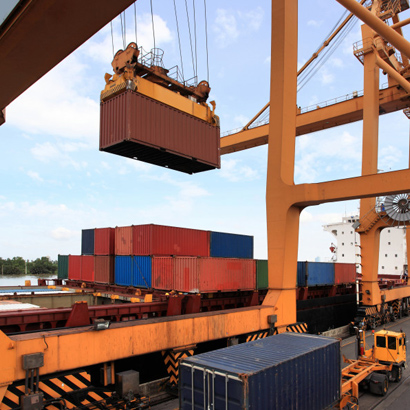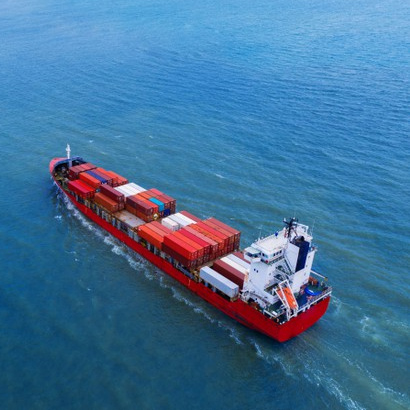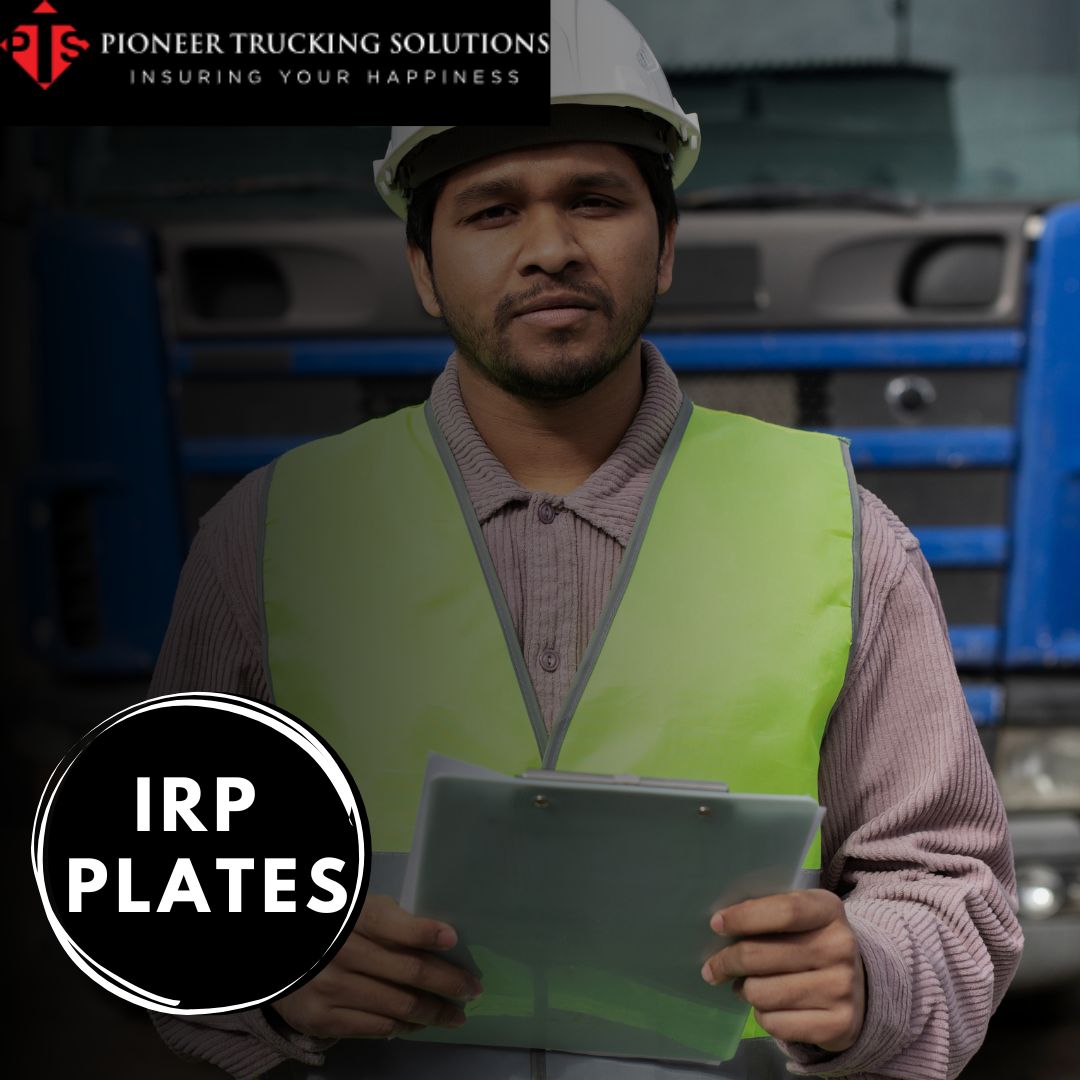Establishing a trucking business, and understanding its law requirements is not a one-day game. You need to spend maximum time understanding the tricks for the smooth operation of commercial vehicles across state lines. And one big thing that trucking business owners need to do is stay compliant with IRP plates.
IRP plays an important role as it is a reciprocal agreement between US and Canadian provinces and some other jurisdictions. This agreement allows commercial vehicles to travel across state lines with a single registration.
You need to follow the proper process for registration, but sometimes it can be a bit confusing. So, how will you know that you have registered properly for International Registration Plan plates? Let’s break down the essentials to ensure you’re following all the necessary steps for smooth operations.
Step 1: Know Your Eligibility
If you have followed all necessary steps for IRP, then before applying, ensure that your commercial vehicle meets the eligibility requirements. To be eligible, your commercial vehicle must be used for interstate travel. Typically, trucking owners can apply for IRP registration if their vehicle has a gross weight of over 26,000 pounds or is hauling over 7500 pounds of cargo.
Apart from this to be eligible for registration you should check that your vehicle fits under IRP guidelines. If you are solely operating a vehicle within one state, there is no need to apply for IRP registration.
Step 2: Gather the Required Information
When you’re ready to register, ensure you have all the necessary documentation. You’ll need:
To keep yourself assured that you have registered properly, check the necessary documentation in depth before submission. For this, you need to check you have all the necessary documents and that all files are complete and documented properly.
- – Proof of the vehicle’s identification (like the vehicle identification number, or VIN)
- – Documentation of the vehicle’s weight and specifications
- – A list of all the jurisdictions (states and provinces) where you plan to operate
- – Your company’s federal Employer Identification Number (EIN), if applicable
- – Payment for fees (fees vary based on weight, miles, and jurisdictions)
If somehow you didn’t have the proper documents and did not follow the right paperwork process, your registration may get delayed. So it is best to double-check your documents ahead of time.
Step 3: Calculate Your Mileage
Since IRP registration completely relies on mileage, one key factor that you need to follow for registration is the percentage of miles you will be driving in each state. For eg: if your truck operates maximum time in one state and remaining time in another then this will directly impact your fee calculations and where your vehicle will be registered.
To make sure they are registered properly keep in mind that the IRP system tracks mileage and audits vehicles periodically. Thus it becomes important for commercial vehicle owners to keep records up-to-date.
Step 4: Choose the Right Jurisdictions
Deciding where to register your vehicle can be a little tricky but it is important as it will minimize costs. The base jurisdiction for IRP registration is typically the state where the vehicle is primarily housed, and where most of its mileage will be accumulated.
Thus when selecting a jurisdiction where to register consider the basis where your vehicle operates the most. You should keep yourself sure that you have registered properly. You need to register in every state you drive through. Only those where you operate a substantial amount of miles.
Step 5: Submit Your Application
Once you are done with documentation and adding your vehicle mileage the next step to stay in compliance with registration is to submit your IRP plates registration application.
You can typically do this through your state’s Department of Motor Vehicles. Some states provide the facility of applying online which usually saves time and effort. Once submitted your application will be reviewed by a government official.







